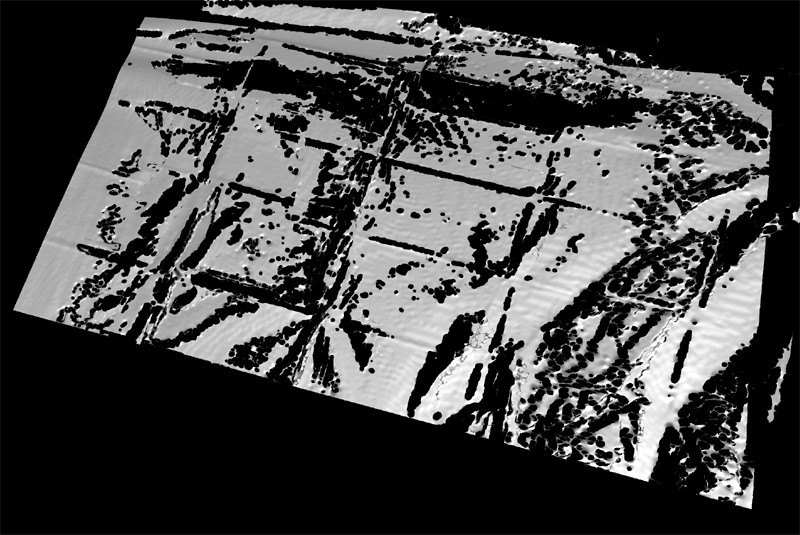Translucent objects (sub-surface scattering and diffusion) and defocus
Light diffuses through the curtain and is reflected from the background, creating long-range optical interactions. Consequently, conventional Gray codes and phase shifting result in large errors and holes in the estimated shape. The correct shape of the curtain is nearly planar, with small ripples. Reconstruction using our logical XOR-04 codes is nearly error free, with the same number of input images as the conventional Gray codes.
Reconstructing a shower curtain
Reconstructing translucent objects
3D Scanning in the presence of Projector Defocus
Translucent materials are often characterized by low direct component. Since modulated phase shifting relies on explicitly separating the direct and the global components, it suffers from low signal-to-noise-ratio for highly translucent materials. On the other hand, our method does not rely on explicit direct-global separation, resulting in better quality reconstructions.
A scene consisting of industrial parts is shown. Due to projector defocus, the high frequency patterns in the conventional Gray codes can not be decoded, resulting in a loss of depth resolution. Notice the quantization artifacts. These artifacts can also result from other optical imperfections common in low-cost projectors such as pico-projectors. Depth map computed using Gray codes with large minimum stripe-width (min-SW) does not suffer from loss of depth resolution.











